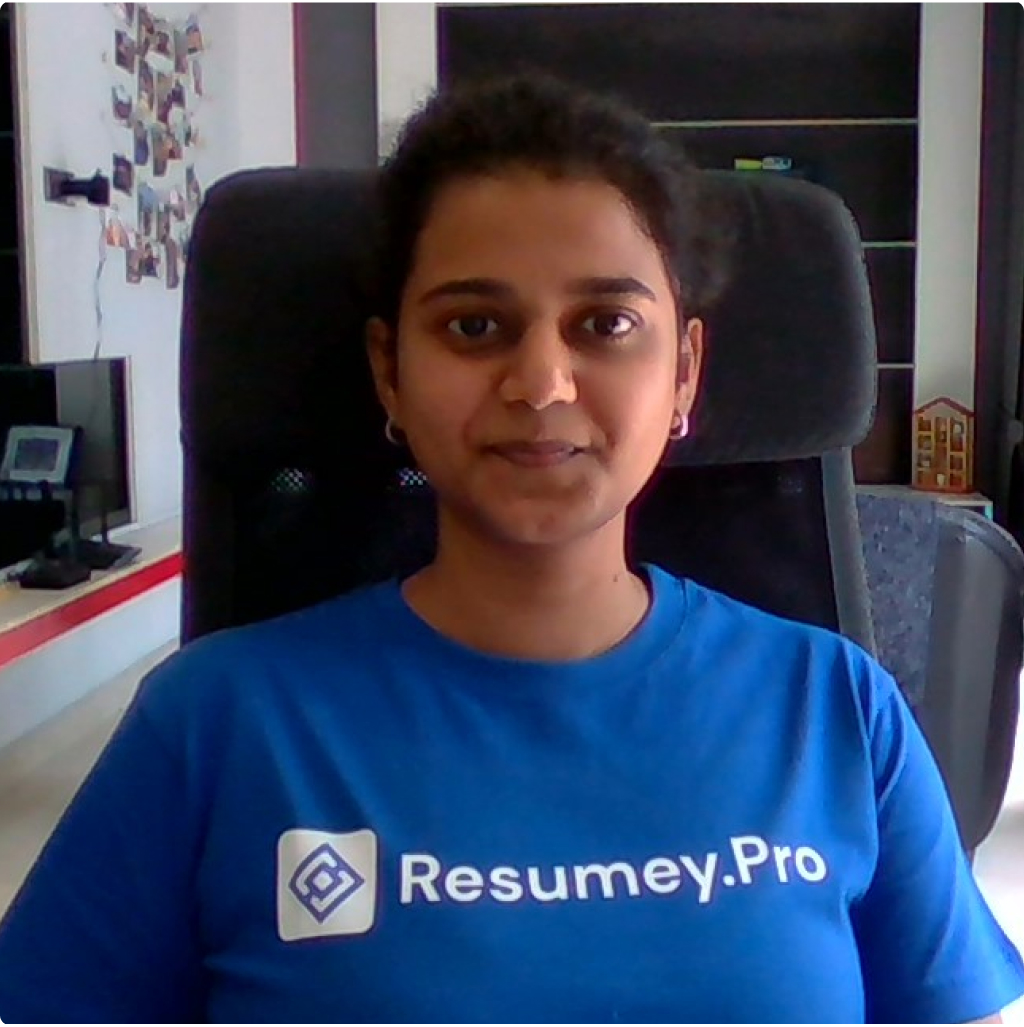Resume Rescue Series #5
In the tech industry, your ability to apply your skills and knowledge to real-world projects can be just as important as your formal qualifications. Showcasing your technical projects on your resume not only demonstrates your practical expertise but also provides tangible evidence of your problem-solving abilities - you are giving proof of your problem-solving prowess. Let's dive into the nitty-gritty of how to effectively highlight your technical projects to make your tech resume stand out.
1. Creating a Section for Personal Projects
- Dedicated Section: Give your personal or side projects a special place on your resume. You can label it "Personal Projects" or "Side Projects." Make it stand out!
- Project Titles: Keep it simple and clear. Think "E-commerce Website Redesign" or "Machine Learning Image Classifier." No need for fancy jargon.
- Project Descriptions: Keep it snappy! Briefly describe each project, highlighting the technologies, tools, and programming languages you used and what problem you cracked.
2. Describing Open-Source Contributions and Side Projects
🌟 Open-Source Contributions:
If you've contributed to open-source projects, mention them in this section.
Describe the nature of your contributions, whether it's code contributions, bug fixes, or documentation improvements.
Highlight any impact your contributions had on the project or the open-source community.
🚀 Side Projects:
Detail any personal side projects you've worked on, especially those that align with your career goals.
Explain the motivation behind the project and the challenges you addressed.
Highlight the skills you acquired or improved through these projects.
3. Demonstrating Your Passion for Technology
🔗 GitHub or Portfolio Links:
Include a link to your GitHub profile or an online portfolio showcasing your projects.
Ensure that your online presence complements and reinforces the information in your resume. Consistency is key!
📚 Continuous Learning: Let them know you're always hungry for knowledge. Emphasize any ongoing learning related to your projects. This could include online courses, certifications, or self-study efforts. Highlight your commitment to staying up-to-date with the latest technologies and industry trends.
🏆 Hackathons and Competitions:
If you've participated in hackathons or coding competitions, mention them in this section.
Highlight any awards, recognitions, or notable achievements from these events.
4. Tailoring Projects to the Job
🎯 Relevance to Job Role:
Customize the selection of projects based on the job you're applying for. Highlight projects that demonstrate skills and experiences relevant to the role.
🔍 Keywords and Skills:
Use keywords and technical skills from the job description when describing your projects. It's like speaking their language.
Align your project descriptions with the specific requirements of the position.
5. Providing Metrics and Results
📊 Quantifiable Outcomes:
Whenever possible, include quantifiable outcomes or impact from your projects. For instance, mention how a project improved user engagement by 20% or reduced processing time by 15%.
💪 Challenges Overcome:
Describe any technical challenges you encountered during your projects and how you overcame them. This highlights your problem-solving abilities.
6. Balancing Quantity and Quality
Quality over quantity, always. Showcase a mix of your best work, not a laundry list. While it's beneficial to showcase a variety of projects, prioritize quality over quantity. Select projects that demonstrate a range of skills and accomplishments but avoid overwhelming the reader with an exhaustive list.
Keep it short, sweet, and oh-so-impressive. Focus on providing clear and concise descriptions that effectively communicate your technical abilities and passion for technology.
Example Projects/Portfolio section from a Markdown resume sample:
## Personal Projects
### E-commerce Website Redesign`
Full-Stack Developer
January 2021 - May 2021
- Revamped an existing e-commerce website to enhance user experience and increase conversion rates.
- Redesigned the website's front-end using React, resulting in a 30% increase in user engagement.
- Implemented a real-time product recommendation engine, boosting cross-selling by 25%.
- Reduced page load times by optimizing database queries, leading to a 20% improvement in website performance.
### Machine Learning Image Classifier
Machine Learning Engineer
July 2020 - December 2020
- Developed an image classification model using convolutional neural networks (CNNs) to classify wildlife photos.
- Achieved an accuracy rate of 92% on a diverse dataset of wildlife images.
- Implemented data augmentation techniques to improve model robustness.
- Deployed the model on a Raspberry Pi for real-time wildlife monitoring in a remote nature reserve.
### Open-Source Contributions
#### Project: XYZ Library
Contributor
- Contributed bug fixes and enhanced the library's documentation.
- Improved code quality and usability of the library, resulting in increased community adoption.
#### Project: ABC Framework
Collaborator
- Collaborated with a global team to add new features to the framework.
- Enhanced the framework's functionality, attracting new contributors and expanding its user base.
### Continuous Learning
- Completed online courses in machine learning on Coursera and Udacity, earning certificates.
- Currently enrolled in a deep learning specialization to further advance skills in neural networks and natural language processing.
And there you have it, the ultimate guide to flaunting your technical projects like a tech rockstar on your resume! 🚀
Remember to create a dedicated section for personal projects, highlight those open-source gems, and tailor your project showcase to the job you're eyeing. Quantify your wins, showcase your skills, and let your passion for technology shine through. Quality always trumps quantity, so choose your projects wisely.
